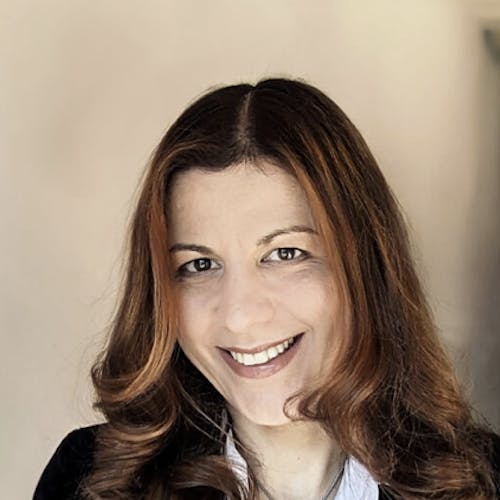Fashion beyond runway: NYFW's impact on students, trends

The September 2023 New York Fashion Week (NYFW) featured more than 71 total fashion designers, according to a press release from the Council of Fashion Designers of America (CFDA).
NYFW arrived at a time when luxury fashion brands, including LVMH, the owner of Louis Vuitton, and Richemont, the parent company of Cartier, faced major challenges due to inflation and a weaker global economy.
In 2017, New York City contributed $11.3 billion in wages from its local fashion industry while NYFW itself generated $600 million, according to a U.S. Congress Joint Economic Committee report. A 2016 report from the CFDA estimates that annual revenues are as high as $900 million across the February and September NYFW shows.
Jennifer Jones, an associate professor in the Department of History, specializes in the history of fashion and design and offered comments on the evolution of NYFW and its current state.
Jones said the origins of NYFW date back to 1943 when Eleanor Lambert organized the first iteration of the event in New York City.
Paris, the traditional center of fashion, was isolated during that period due to World War II, and NYFW provided a new opportunity for American fashion designers to publicize their work, she said.
Jones said that the modern version of NYFW has become more inclusive and open to participation from individuals outside of the corporate fashion industry, particularly due to the effects of social media engagement.
"I don't think ordinary students at Rutgers 20 years ago knew that much about New York Fashion Week," she said. "But now, it's covered a lot more — people are seeing people posting on (Instagram and TikTok) about it. There's just a lot more buzz about it. So, if anything, I think it's become weirdly more important for the public."
The heightened level of public engagement for NYFW stands in contrast to the decreasing significance of these events for the fashion industry itself as some major fashion labels have begun opting out of NYFW, Jones said.
She added that another major shift for NYFW in recent years has been the promotion and cultivation of diverse fashion designers.
Jones said fashion designers engage in a culture of risk-taking and pushing boundaries on social topics — recently, this has included expressing inclusive perspectives of age, body and sexuality.
"Any idea that it was a particular kind of person from a particular kind of background who was determining the shape of fashion, that's just been blown out of the water," she said. "Really putting a stamp on this idea that fashion needs to be new, young (and) innovative."
Annie Wang, a Rutgers Business School senior and president of the Rutgers Fashion Organization of Retail and Marketing (FORM), said students should pay attention to NYFW.
In the case of fashion, designers often nod to the works of other designers in their own pieces, Wang said.
"(NYFW) is an important space for those references to mingle," she said.
Additionally, NYFW acts as a trend-setting force. Wang said that through the presence of executives and influencers at the shows, NYFW looks eventually make their way to the average consumer and become trends.
One example is Sandy Liang's influence on the "balletcore" aesthetic that went viral on TikTok last year. Wang said Liang's aesthetic has been a hallmark of her brand since its launch. Still, only recently have items like Liang's satin Mary Jane Pointe flats become especially popular, according to an article by Harper's Bazaar.
Additionally, Wang spoke on NYFW's role in social progress, stating that while NYFW is making progress with body inclusivity, there is still much work to be done regarding diversity and sustainability.
Still, she said NYFW hosts various brands of different sizes with different levels of connection within the industry.
Due to NYFW's high-profile guestlist, more prominent brands and their founders may have personal and professional relationships with the guests in attendance, making it difficult to speak out about change, Wang said.
"I think the smaller brands are able to do it more. They're able to be more vocal about the radical things they believe in," she said.
Regarding NYFW's student impact, Wang said the process from fashion shows to student adoption involves an initial exclusion, wherein a certain style or article of clothing is limited to high fashion regulars. Then, the style begins to trend, at which point it becomes monetized and mass-consumed.
Marketing teams effectively predetermine students' and other consumers' purchases, Wang said.
"I think if students tune in at the beginning, then we can become the people pushing the agenda rather than having these big corporations push whatever trend they want us to consume," she said.



